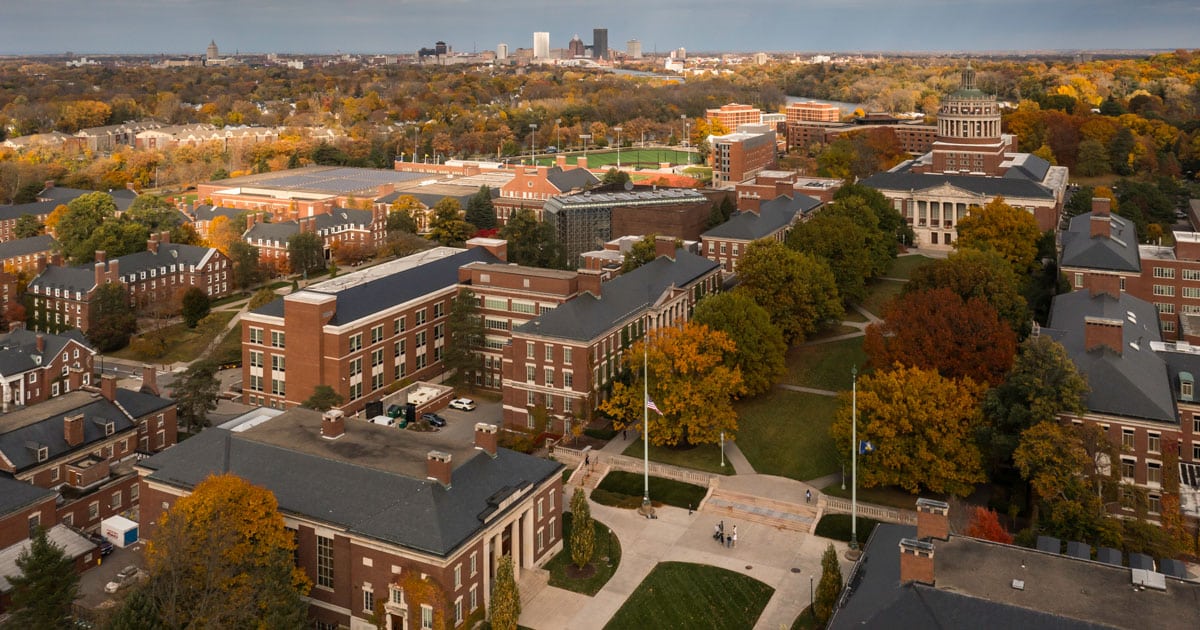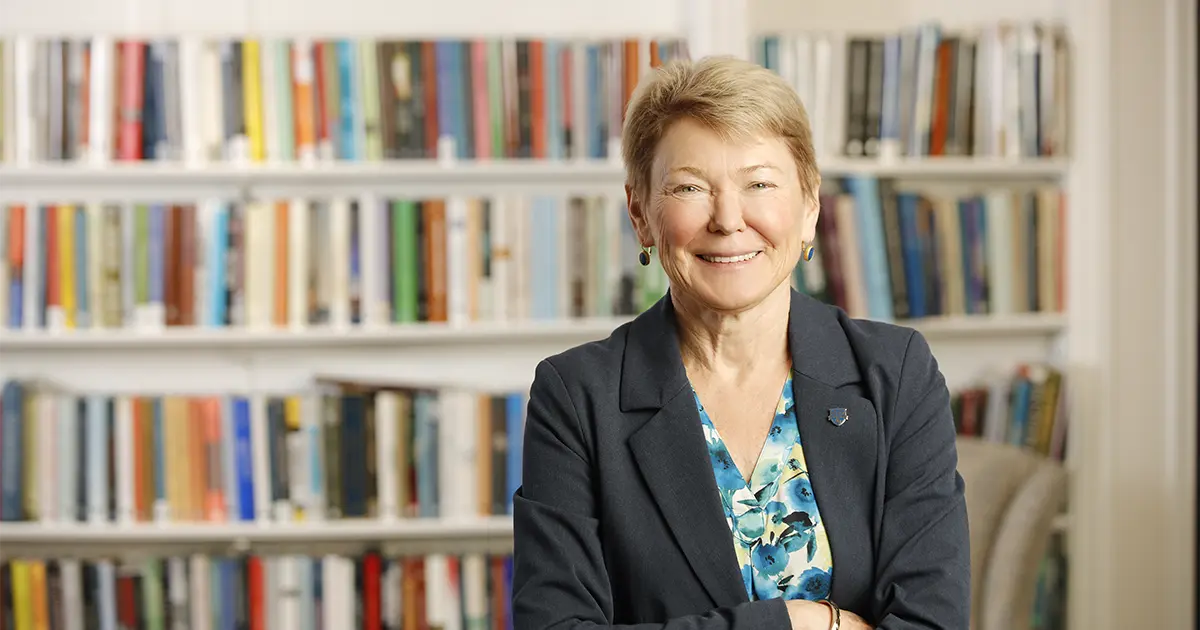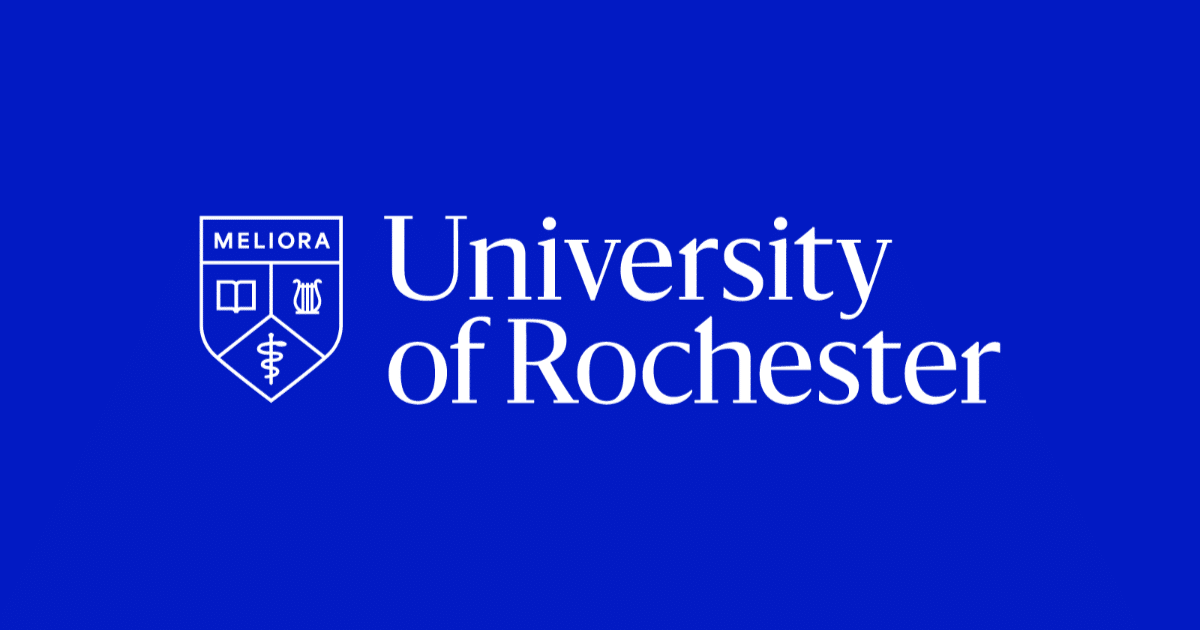Explained: Transdisciplinary research
A deep dive into what is arguably the most significant contributor to the strategic plan’s research and reputation goal.
TL;DR
Transdisciplinary research is our best bet for enhancing our global research reputation in a way that is distinctive. That’s why establishing new transdisciplinary centers is a primary strategic plan objective. To accelerate this, the Offices of the Provost and the Vice President for Research launched a request for proposals and provided planning grants to the prospective centers and institutes with the most potential. Faculty are now building their cases to receive large-scale institutional funding
Jargon like “transdisciplinary research” is often thrown around in academia. However, in this case, it’s the most efficient reference to a specific kind of work.
Transdisciplinary research involves faculty from different disciplines working together, but in a way that goes beyond collaboration. It’s like fusion cooking, which isn’t just two types of food sharing a plate. Fusion cooking takes the ingredients and techniques of different cuisines and marries them to elevate or create a wholly new dish. In transdisciplinary research, faculty are teaching and learning from each other while building on each other’s ideas in ways that can reshape their respective fields—and possibly create new fields altogether.
With that covered, let’s go back to the spring.
On April 17, the University of Rochester announced in @Rochester that 10 proposals for new and reimagined transdisciplinary centers and institutes were receiving funding. (We’ll come back to this shortly.)
Transdisciplinary research is kind of a big deal
If transdisciplinary research were a person, it would have the swagger of fictional anchorman Ron Burgundy because it’s one of the most—if not the most—significant contributors to the achievement of Boundless Possibility’s “Research excellence and global reputation” goal. The goal has four objectives, one of which is to “Launch nimble, transdisciplinary centers where we can be most consequential.”
Those italicized six words are why we’re focused on transdisciplinary research.
Steve Dewhurst, our vice president for research, says, “Discoveries very often happen at the intersection between disciplines.” Steve points to Rochester’s Donna Strickland ’89 (PhD). Donna and her research mentor at Rochester, Gérard Mourou, developed chirped pulse amplification (CPA), a Nobel Prize-winning technique that enables the production of small, high-powered lasers. The lasers are so small and so precise that an incident at Gérard’s lab at the University of Michigan led to the realization that CPA-enabled lasers could be used to safely reshape the surface of the eye, giving us LASIK or laser eye surgery. That’s the kind of result we’re aiming for. It’s ambitious, but we’re built for it.
Rochester has a unique set of disparate, high-caliber resources in the Eastman School of Music, the medical center, and the Laboratory for Laser Energetics—which all other faculty on the River Campus can access. These adjacencies are uncommon at other institutions, which creates an opportunity to do something special. To paraphrase Howard Ratner in the movie Uncut Gems, this is how we win.
Strategic plan tracker
Unlocked
- Objective: Launch nimble, transdisciplinary centers for scholarly domains where we can be most consequential.
Accomplished
- Tactic: Develop a new, competitive method for selecting centers that emphasize collaboration and a transdisciplinary approach to address societal challenges and begin the process of establishing the first of these centers.
- Tactic: Establish the criteria for selecting new centers; create review processes and select volunteers to vet proposals.
In progress
- Tactic: Establish resources to support faculty proposal development and access to resources encouraging collaboration.
Ultimately, we expect to create at least five new transdisciplinary centers or institutes over time. The number is and isn’t arbitrary. It’s more of a perceived “sweet spot,” as Steve explains. “It’s a finite number because we want to be able to invest in the centers sufficiently,” he says. “If you pick 10 or 15—that’s nuts. No one will ever get enough money to do something distinctive. If we pick too few, we’re placing our bets too narrowly.”
Five is ambitious yet attainable.
Here’s the thing: You don’t get transdisciplinary centers without transdisciplinary research, yet faculty members are, on the whole in higher education, incentivized to work within their specific discipline. (No surprises here; they often have their positions in a specific department for a reason.) So, we needed a way to encourage collaboration. The solution was a two-stage competitive process.
Forty-two proposals enter—at least one leaves
The first stage was a request for proposals (RFP) for new or re-imagined transdisciplinary centers and institutes. In addition to other qualifying information, faculty needed to provide their principal idea, its potential significance, and why it’s right for Rochester.
The RFP elicited 42 proposals. Given that teams were competing for a planning award of up to $40,000—which in terms of research grants, is modest—the response was incredible and validating.
With careful consideration for conflicts of interest, an anonymous committee of 10 distinguished scholars from across the University selected 16 proposals to move forward. (Committee members’ identities are being kept secret out of respect for them having to disappoint three times the number of colleagues than they rewarded.) At that point, Steve and David Figlio, who was then our provost and chief academic officer, then worked with the University’s deans to identify the 10 proposals that most closely aligned with their school’s strategic plans.
In stage two—present-day—the teams are using their award funding to continue building the case for why their proposed center or institute has the greatest potential to enhance Rochester’s scholarly prominence. From here, one or more centers or institutes will be chosen for large-scale institutional funding over five years.
The brainchild of our former provost, the funding process is the kind of approach you see in Silicon Valley more often than in higher education. There are several reasons why David chose this course of action:
- He believed the best ideas would come from our faculty. Instead of University leadership dictating where we spend our time and money, he thought, let’s provide an infrastructure that feeds innovative thinking and see what happens. He wanted to get the faculty to stretch their minds.
- Rochester doesn’t have the resources to invest in every idea. We have to be creative and bet on the ideas that have the greatest potential to succeed (which goes to Steve’s point about hitting the “transdisciplinary sweet spot”). In fact, David noted that we had to stretch the limits of our budget to accommodate 10 planning awards. There were many more “highly interesting and fundable proposals.”
- It’s a recruitment and retention tool. David was interested in cultivating an environment as much as a product. “A university is a collection of people,” he says, “and those people want to be where the exciting action is. So, let’s make this a place where talented people want to be.”
- It’s low-risk and high-reward. At worst, the RFP would have generated little interest. That didn’t happen. But if it had, we’d try something different moving forward. Additionally, the RFP process safeguards the University against overcommitting to any one idea. “Universities often have a hard time shutting things down when they’re not working,” David said. Because the ultimate funding that faculty are vying for is time-limited, the terms of “success” will be agreed upon before a single dollar is spent. That conversation will determine if the fifth year of funding is the final year or a year for renewal.
- There are no losers. Building on the high-reward aspect of the above reason, any group who misses out on the five-year funding has still been given the time and, in some cases, resources to explore their ideas in a way that puts them in a better position to find external funding or inspire philanthropic contributions. Also, not being selected does not preclude a prospective center or institute from future University funding.
The current planning period ends in June 2025.
Behind the RFP
Every great plan has a visionary and an architect; sometimes, they are one and the same. Although the first phase of the RFP’s concept originated with David, its framework was built mainly by Jennifer Mathews, our vice provost for academic affairs and institutional effectiveness and chief assessment officer.
Jenn has been the day-to-day manager. She developed the rubric for selecting proposals. She oversaw the selection committee. She also created the transdisciplinary RFP website, which provides extensive details and FAQs. No one has had a more intimate view of this process. So, we asked her what her big takeaways have been thus far.
“Reading the proposals was fascinating,” she says. “I didn’t expect to see this level of interconnectedness. Sometimes I think we get lost in the weeds and forget to take a breath and reflect on the great work that happens here.”
That’s why this post is the first in a transdisciplinary RFP series. In the coming weeks, we’ll highlight each of the planning fund recipients to give you a better idea of what they’re working on and how their center or institute will improve Rochester’s global standing.
Related updates
President Sarah Mangelsdorf reflects on the University of Rochester’s strong progress, campus growth, and resilience heading into 2025–26.
The refreshed brand builds on the University’s 175-year legacy while spotlighting its vision and values.
The comprehensive campaign seeks to raise $1.75 billion for Rochester’s future while expanding alumni and community engagement.








